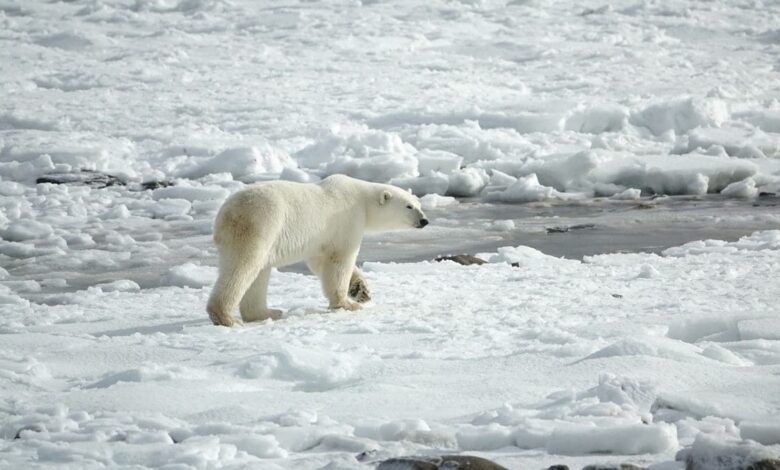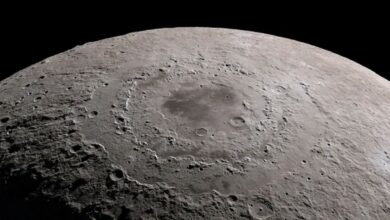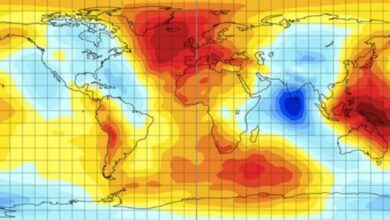New study reveals weaker Atlantic current could mitigate Arctic warming

New research led by the University of California, Riverside, suggests that slowing significant ocean currents could help reduce projections of Arctic warming by as much as 2 degrees Celsius by the end of the century. The study was published in Proceedings of the National Academy of Sciences, which examined how a slowing Atlantic Meridional Overturning Circulation (AMOC) could affect the rate of warming in the Arctic, a region currently warming three to four times faster than the global average. .
Impact of AMOC on Arctic temperatures
The AMOC, a crucial part of Earth’s climate system, transports heat from tropical regions to higher latitudes. According to the studya weakening AMOC could mean less heat reaching the Arctic, slowing the region’s warming. Without this factor, temperatures in the Arctic are expected to rise by as much as 10 degrees Celsius by the end of the century; taking the AMOC into account, this increase can be limited to approximately 8 degrees.
Challenges for Arctic ecosystems despite slower warming
While reduced temperature increases could provide some relief, Arctic ecosystems still face significant challenges. Sea ice continues to melt, posing a threat to polar bears and other wildlife that rely on ice-covered habitats for their survival. As the ice disappears, open water absorbs more sunlight, amplifying the warming process – a phenomenon known as the albedo effect. Wei Liu, an associate professor of climate change at UC Riverside and co-author of the study, cautioned that while the AMOC delay could slow Arctic warming, the consequences are complex. “This is not just a good news story,” he noted. “The broader impact on ecosystems and weather patterns could still be profound.”
Potential global consequences of AMOC delay
The study also warns of possible climate disruptions beyond the Arctic. For example, a slower AMOC could shift the Intertropical Convergence Zone (ITCZ), a tropical rain belt, southward. Such a shift could increase drought conditions in areas that rely on ITCZ rainfall for agriculture and water supplies. Additionally, the study notes that while melting sea ice does not directly impact sea levels, other factors such as melting land ice and the thermal expansion of warming ocean waters do contribute to sea level rise.
Future uncertainty and climate complexity
The research team used a climate model that integrated the interactions between ocean, atmosphere, land and sea ice, isolating the effect of AMOC by running simulations under different scenarios. While this provided insights, the researchers acknowledge lingering uncertainties about the long-term behavior of the AMOC. Direct AMOC measurements have only been available since 2004, limiting data on historical trends and future trajectory. “There is still debate about whether the slowdown will continue or whether there will be a total collapse by the end of the century,” Lee noted.
Despite the temporary relief that a weaker AMOC might provide, Lee emphasized the importance of a global perspective. “Even small shifts in ocean circulation can lead to ripple effects across the planet,” she said. “The future of the Arctic – and our world – depends on the actions we take now to tackle climate change.”




